Where are the Salt Caves Located in the World?
2021-03-23(21909)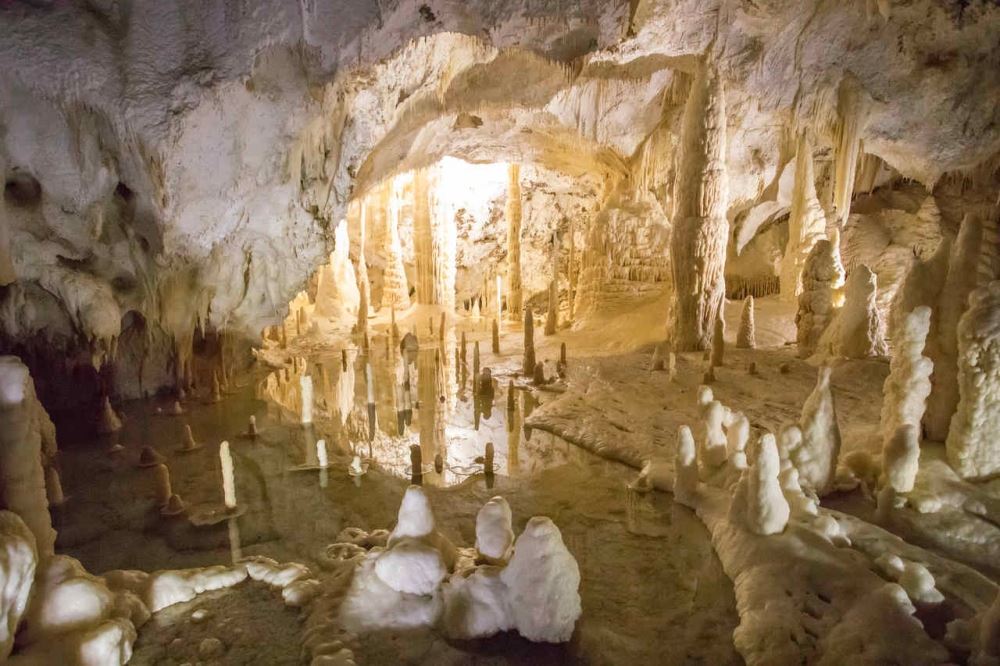
Salt caves are among the most fascinating scenic beauties in the world. They are unique, rapidly evolving rocky landscapes. Salt caves are rare due to their high solubility and human destruction. Most salt caves appear in desert environments, where the salt mass escapes total dissolution.
In this article, we, Koyuncu Salt, Turkey’s largest salt importer, explore these ancient formations and discover how they are formed.
How Natural Salt Caves Formed?
Millions of years ago, level of the oceans was much higher than it is today. Much of today’s continent of Europe was under ocean water. For example, this ocean water extended along today’s arc of the Carpathian Mountains from Silesia in Poland to the Iron Gate in Romania in the Miocene Sea.
Much of other continents was under ocean water, too. However, as a result of cooling of the climate, ocean water froze and decreased about 70 meters. This ebbing of ocean water created many closed reservoirs with piles of salt throughout the world.
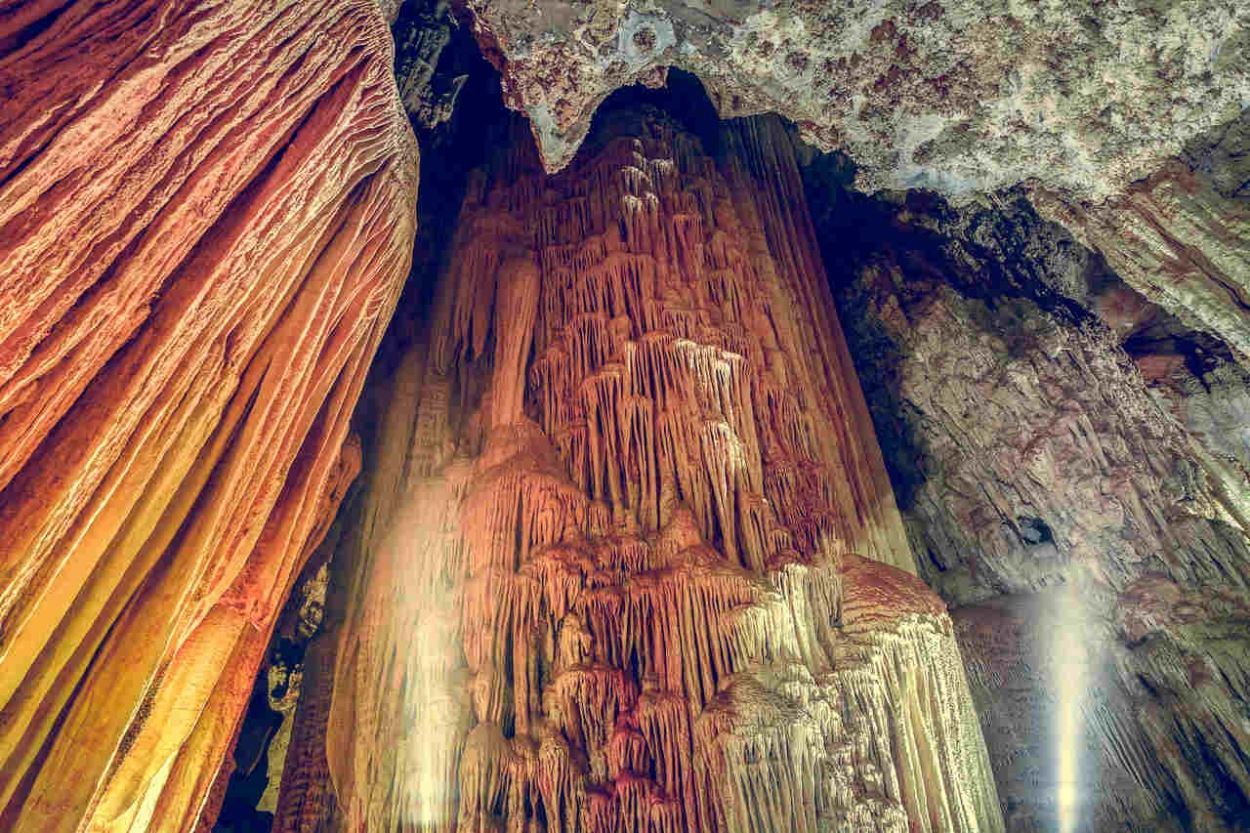
About 14 million years ago, salt deposits formed under cooling climate conditions. The deposits which were still on surfaces went under layers of land. These movements were caused by slow precipitation accompanied by intensive evaporation of remaining ocean water caused by dry and cold climate.
The progressing evaporation together with the subsidence of the ocean beds and the erosion of the coastal parts of the basin led supplying more organic compound to the basin along with the ocean waters, as a result of which excesses of rocks and solid minerals was deposited within the existing salt beds.
As courses of ocean water were cutting deep into the lands, they had formed both narrow and deep bays and lagoons. The movements of rocks caused by tectonic movements helped forming salt cave systems or made existing salt deposits deepen, cutting layers of rock and soil.
Salt caves can also be man-made. They can be dissolved simply with water, not requiring the presence of acidity as does the production of solution caves in carbonate rocks. Apart from the salt caverns that are permanent as the rocks include other minerals which are stronger than salt, they can also grow for days or weeks after rain.
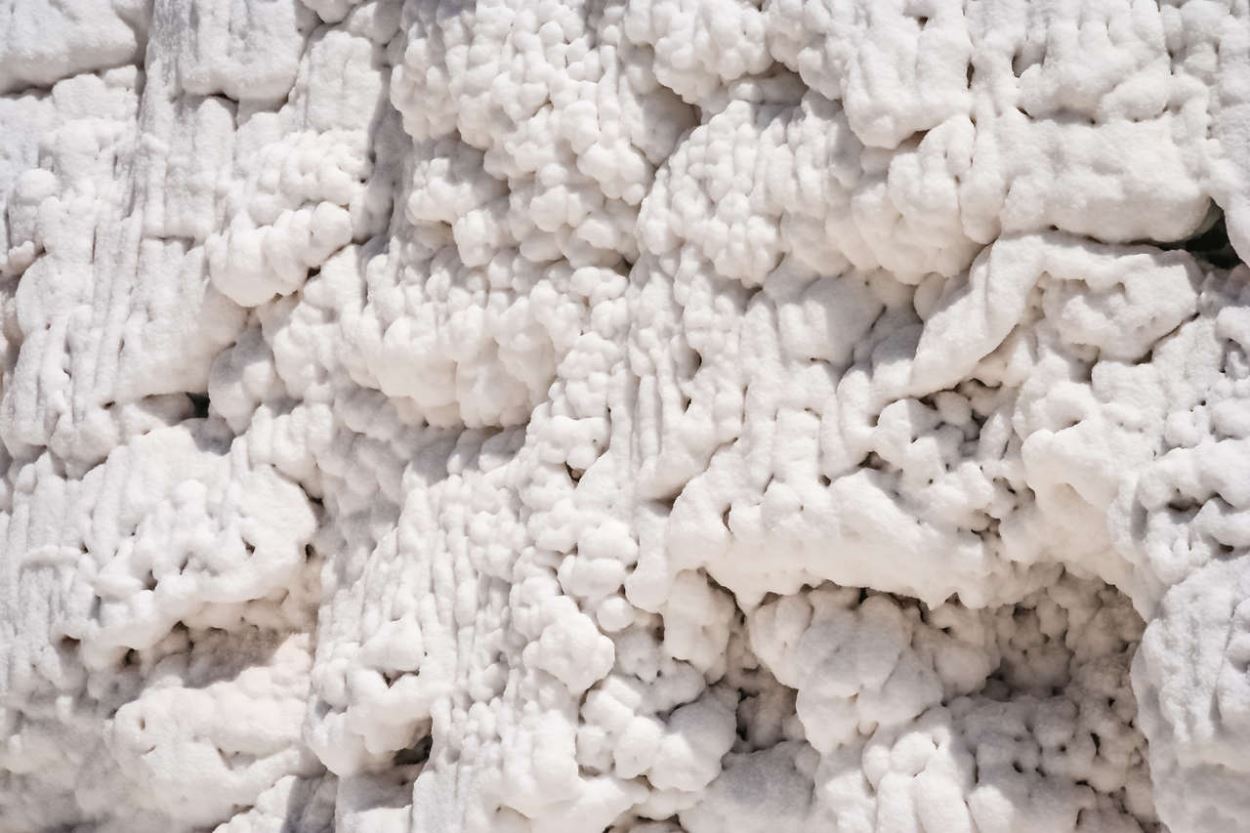
The rain water penetrates the rock, saturates it and in a month large dripstones are formed. The process can practically be observed. Salt crystallises into cubes and cubic crystals emerge from the brines, creating salt cave systems.
These caves are also called solution caves. They are more commonly found than other cave types. Such caves form in rock that is soluble; most occur in limestone, but they can also form in other rocks including chalk, dolomite, marble and of course salt.
Layers of rock are dissolved by natural acid in ground or rain water seeps through soil beds, flats, faults, joints and cracks. Over time cracks enlarge to become caves and cave systems.
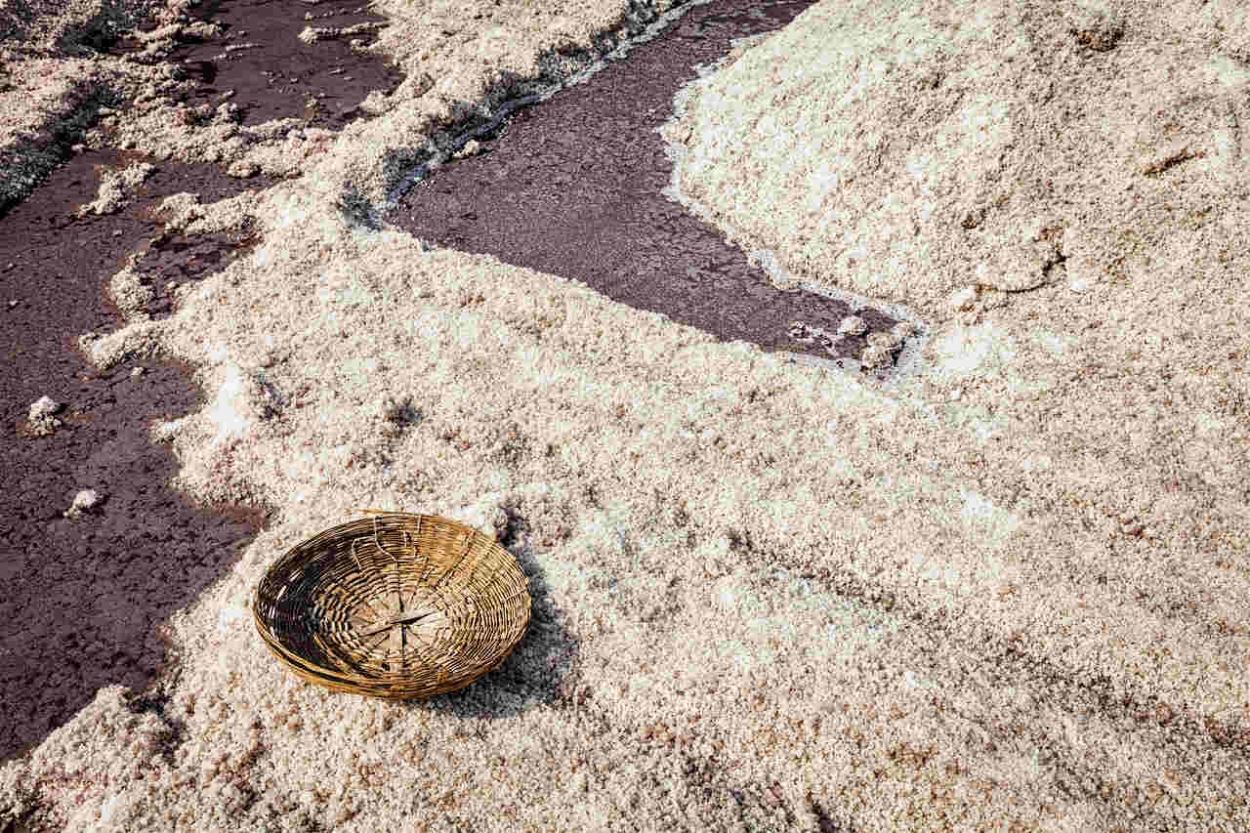
Speleogenesis is the process of cave formation and growth that can take millions of years to complete. Caves can be found in all sizes and are shaped by a variety of geological processes.
Chemical processes, water erosion, tectonic forces, microorganisms, pressure and atmospheric effects can all be involved. Cave sediments can be used to calculate the timescale of the geological processes that formed and influenced today's caves, using isotopic dating techniques.
Natural Salt Caves in the World
Malcham Cave, Israel
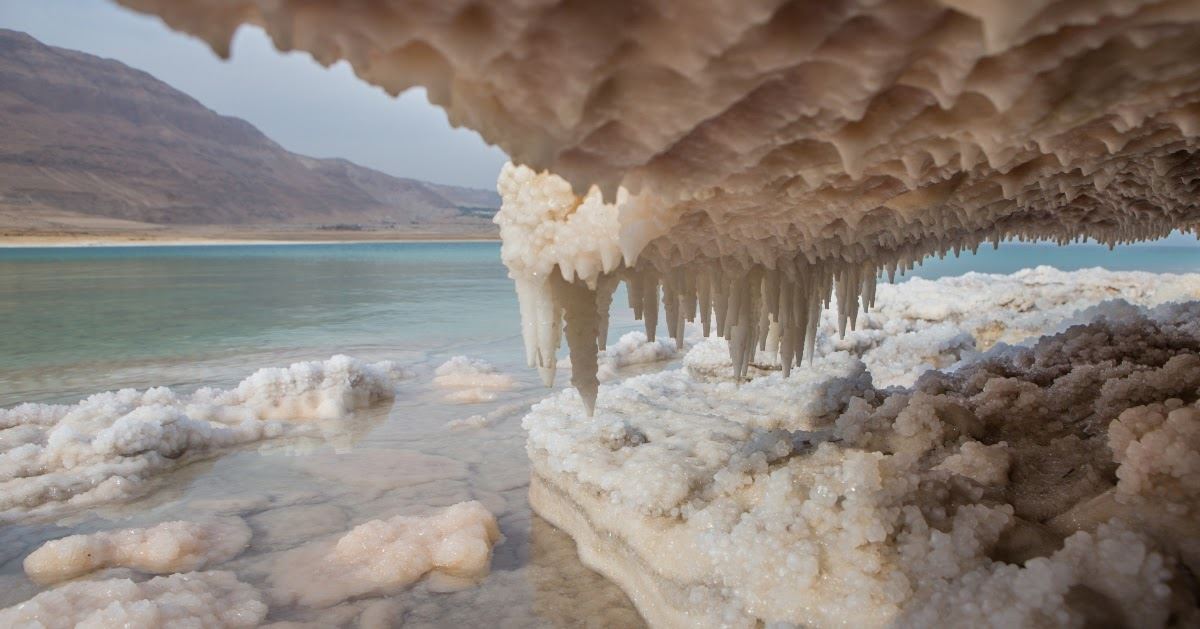
Discovered under Mount Sodom, Malcham Cave is the world's longest salt cave. Stretching for nearly 10 kilometers under Mount Sodom, it spills out to the southwest corner of the adjacent Dead Sea. It is estimated to be 7000 years old.
People who discovered Malcham Cave in 2018, spent 10 days mapping the cave.
A second 10-day expedition this year with 80 local and international spelunkers completed the measuring and mapping of the cave with lasers, determining its length at more than 10 kilometres.
Mount Sodom in Israel is essentially a huge salt block covered by a thin but resilient layer of cap rock. So when rare desert rain finds its way through cracks in the cap rock it dissolves the salt to form small caves that flow down toward the Dead Sea.
A large part of the cave's interior is covered by a fine dust that blows in from the desert. Massive slabs of salt, some amber-colored from dust and minerals, stick out in dramatic formations.
N3 Cave, Qeshm, Iran

N3 salt cave is world’s second largest salt cave. It is filled with fragile salt sculptures, salt rivers, and huge salt megadomes.
Though the cave change rapidly, it is generally safe for the explorers. The cave tends to stay relatively dry and stable for long periods of time, often years, before sudden rains cause flash floods and subsequent corrosion of the salt and enlargement of the cave.
During these times N3 cave is quite dangerous and cannot be entered.
Cardona Salt Mountain, Spain
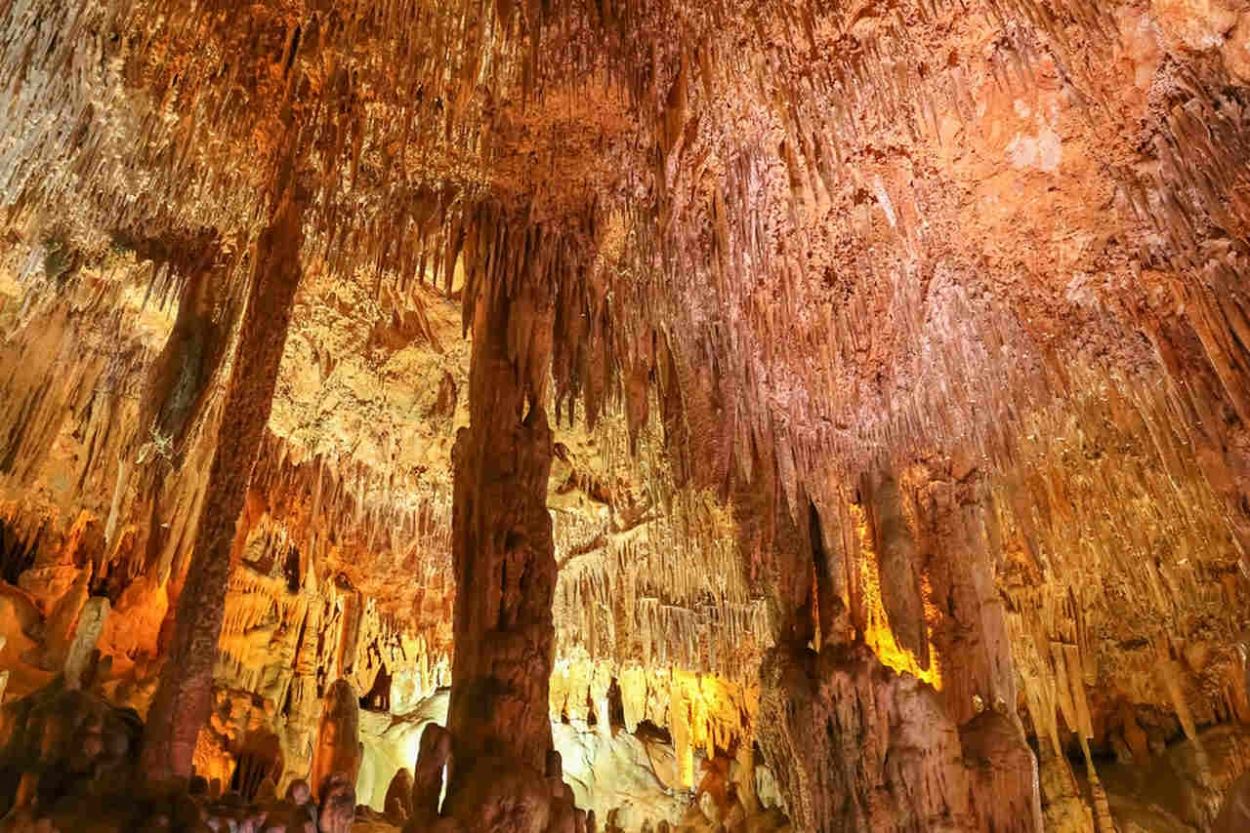
Salt left by the dissipation of seawater through the formation of the Mediterranean Sea more than 30 million years ago expels at Cardona to shape a salt mountain that is special in Europe. A practically complete diapir outcrops 100 meters high permitting the underlying intricacy and disintegration cycles to be observed.
The Cardona salt mountain is around 2 million years old, having cracked through a corroded anticlinal fold that formed much earlier.
Therefore, Cardona presents a unique significance since the rocks kept there give a very important geographical record of the exceptional alterations happened in the environment within the timescope of less than 5 million years.
Atacama Salt Caves, Chile
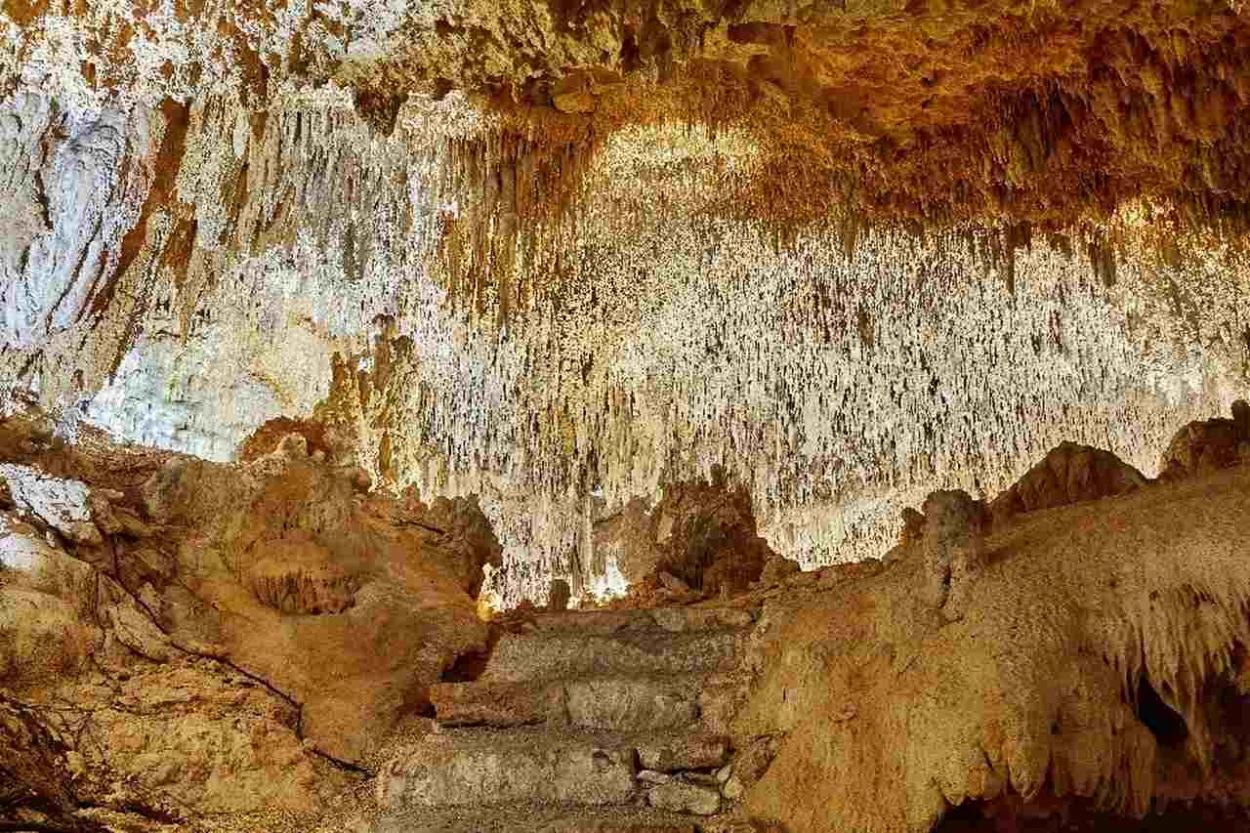
The Cordillera de la Sal is quite possibly the main salt karst zone in the world, facilitating more than 50 caverns and with excess of 15 km of underground sections, including the longest and most profound cavern formation of Chile.
This environment consists of profoundly disintegrated rosy marls, dim aeolian sands, white salt layers, and the total absence of any vegetation.
In addition to the many geysers, mountains and volcanoes, there is the ALMA radio observatory at an altitude of 5000 meters, near the San Pedro. The few saline lakes are inhabited by flamingos and, you can also see a dry salt terrain called Valle de la Luna.
The crates in the terrain are episodically covered with water to form temporary saline lakes and the traces of older lakes cana also be observed. The geography of the valley is very rich; it hosts mountains, clay formations coated with salt crusts, salt crystals and salt caves.
We have diven a little bit into the wondrous cosmos of natural salt caves in the world. Hope you enjoy it.
We have a Salt Library on our website where you can read informative and interesting articles about salt. Don’t forget to check it out regularly!




